Creating Stories:
Learning Tools for New Knowledge and the Museum
Buk-Seoul Museum of Art, 2019
Session 1. Archive and Collection: Stories of the Museum
-

Emily Pringle
(Head of Research, Tate)
[Keynote Speech] Crossovers and Divergencies: Research, Art Making and Creative Learning in the Art Museum
-

Geert-Jan Davelaar
(Coordinator of Education and Public Outreach, Frans Hals Museum)
A Transhistorical Approach to Museum Education: An Ongoing Process
-

Susanna Chung Yuk Man
(Head of Learning & Participation, Asia Art Archive)
Teaching Labs: The Archival Collections of Contemporary Art as the Point of Departure for Teaching and Learning in Classrooms
-

Bojana Piškur
(Senior Curator, Moderna Galerija, Ljubljana)
Constituent Museum: The Case of Moderna Galerija, Ljubljana
Session 2. Audience and Local Community: Stories Told in Bodily Gestures
-

MG Pringgotono
(Director, Gudskul)
Collective Is School
-

Anastasia Mityushina
(Curator of Public Program, Garage Museum of Contemporary Art)
The Bureau des Transmissions Case, or Reflections on the Values of Uncertainty
-

Rosa Paardenkooper
(Curator of Language and Dissemination, Casco Art Institute: Working for the Commons)
A School in Common? On Collective Moments of Study as a Core Form of Commoning
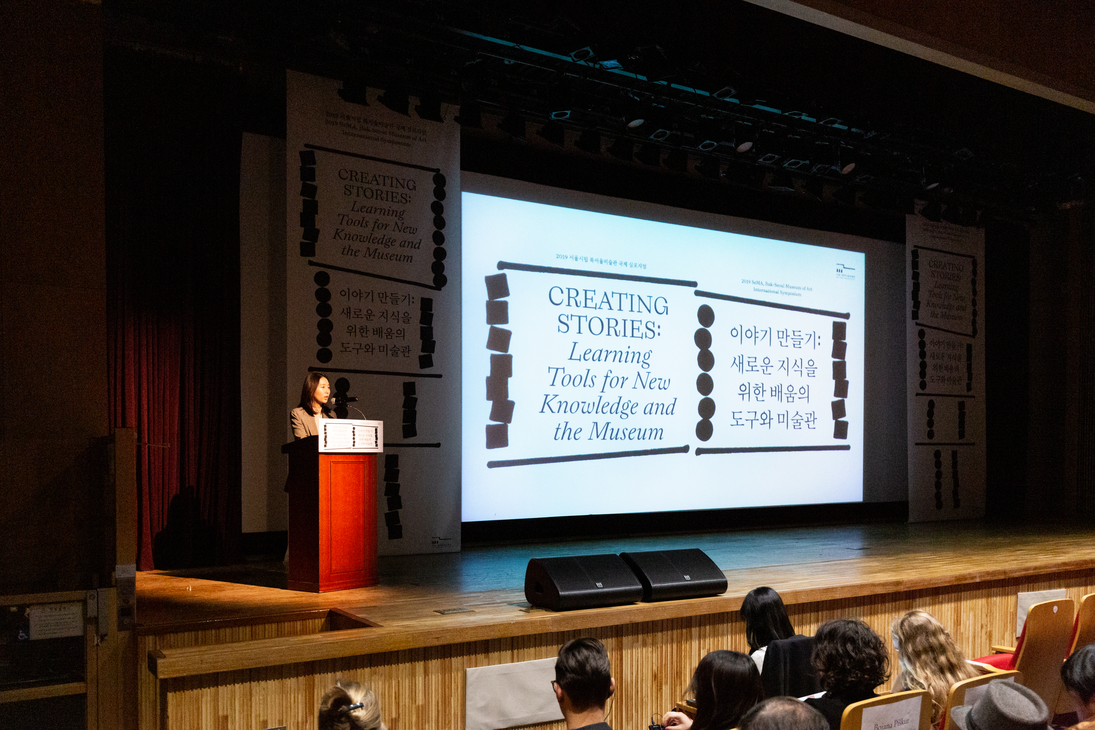
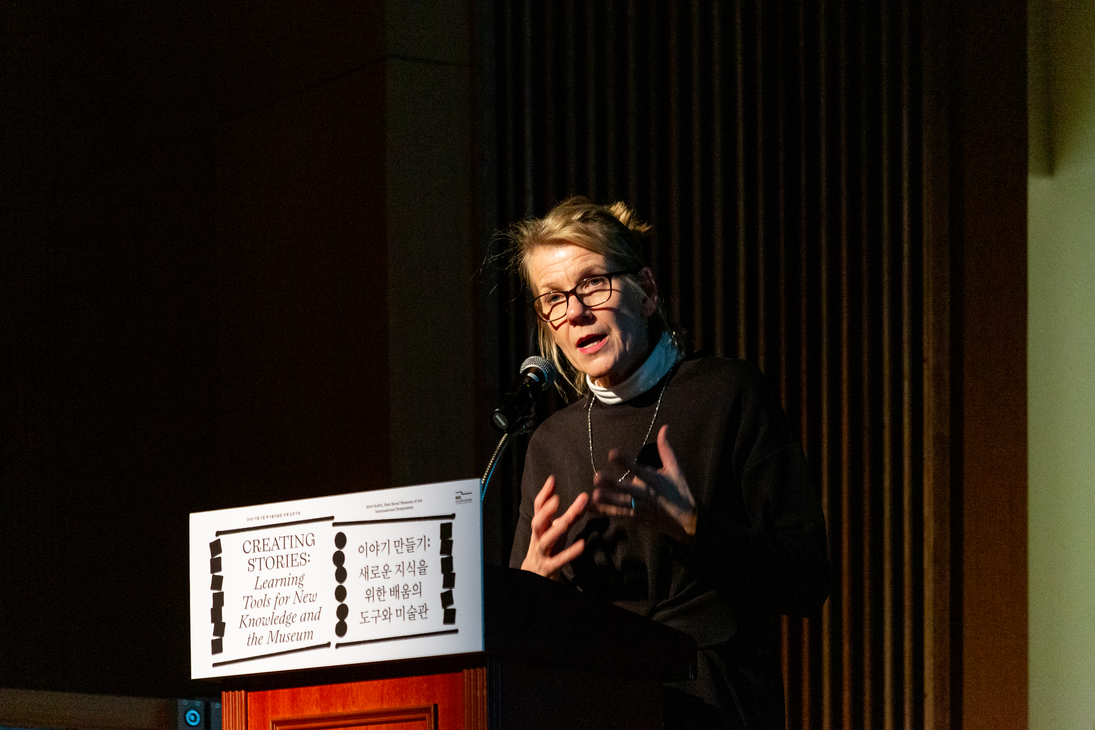
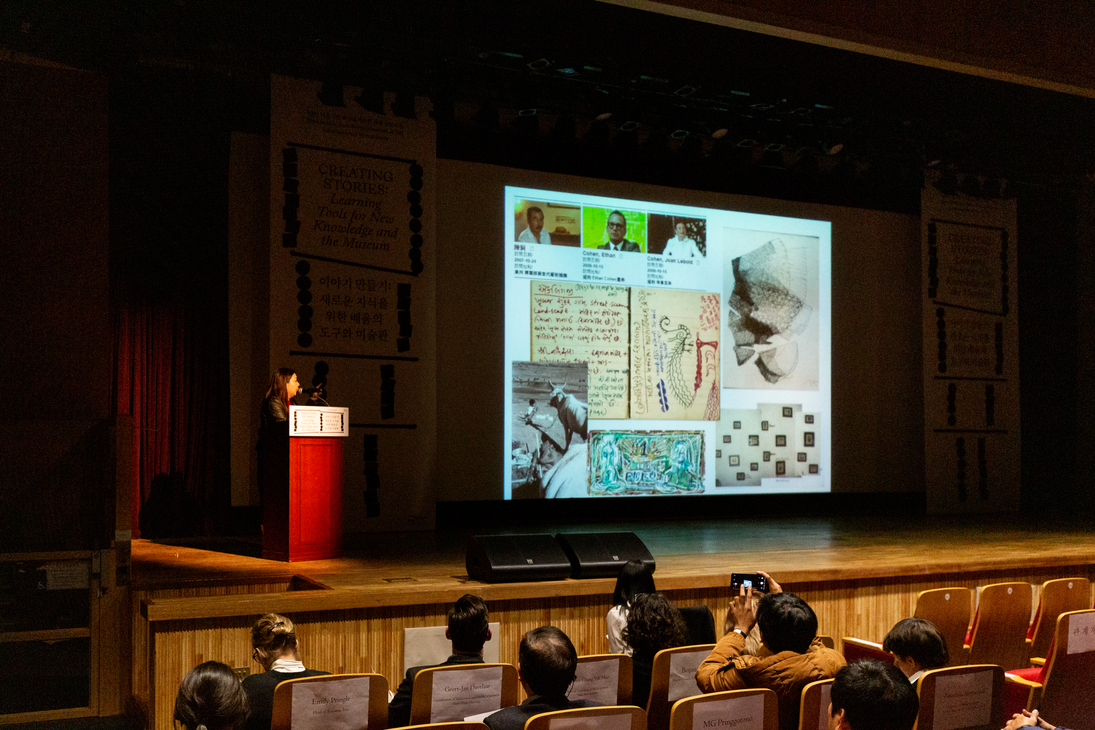
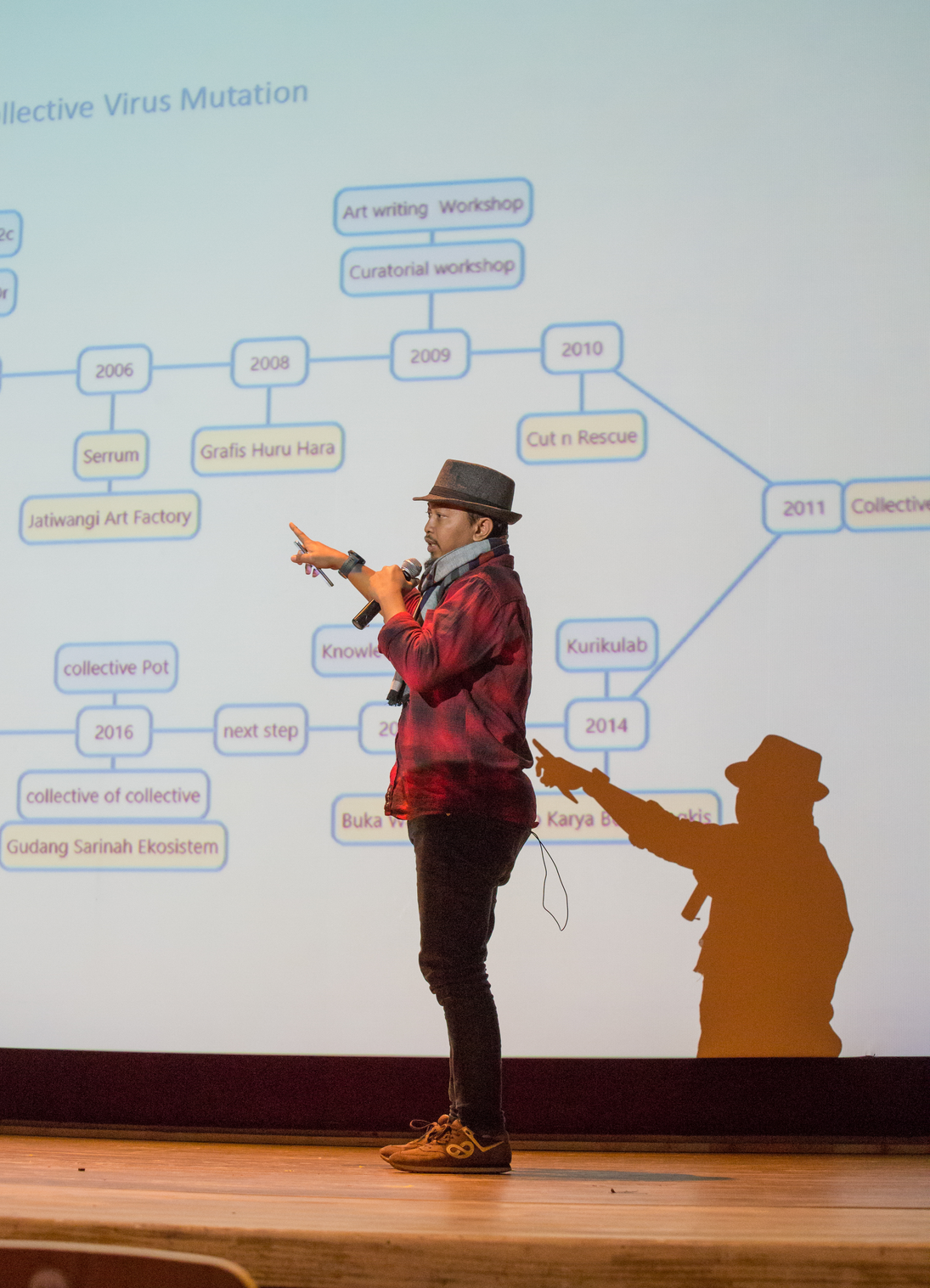

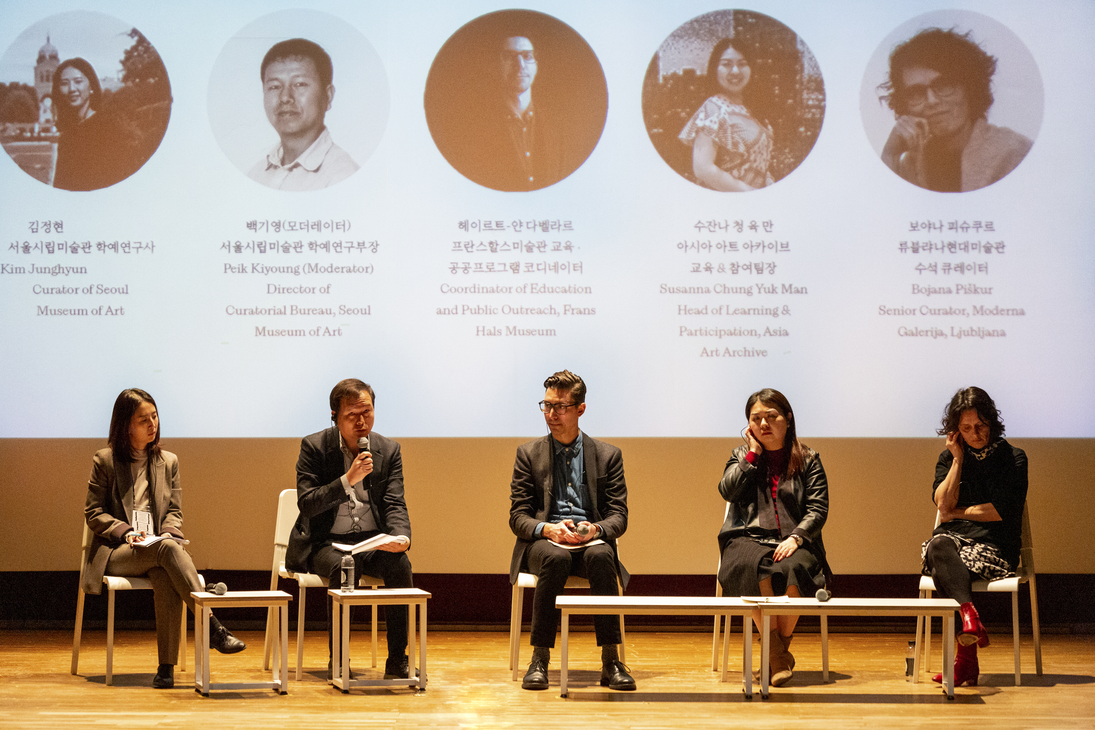
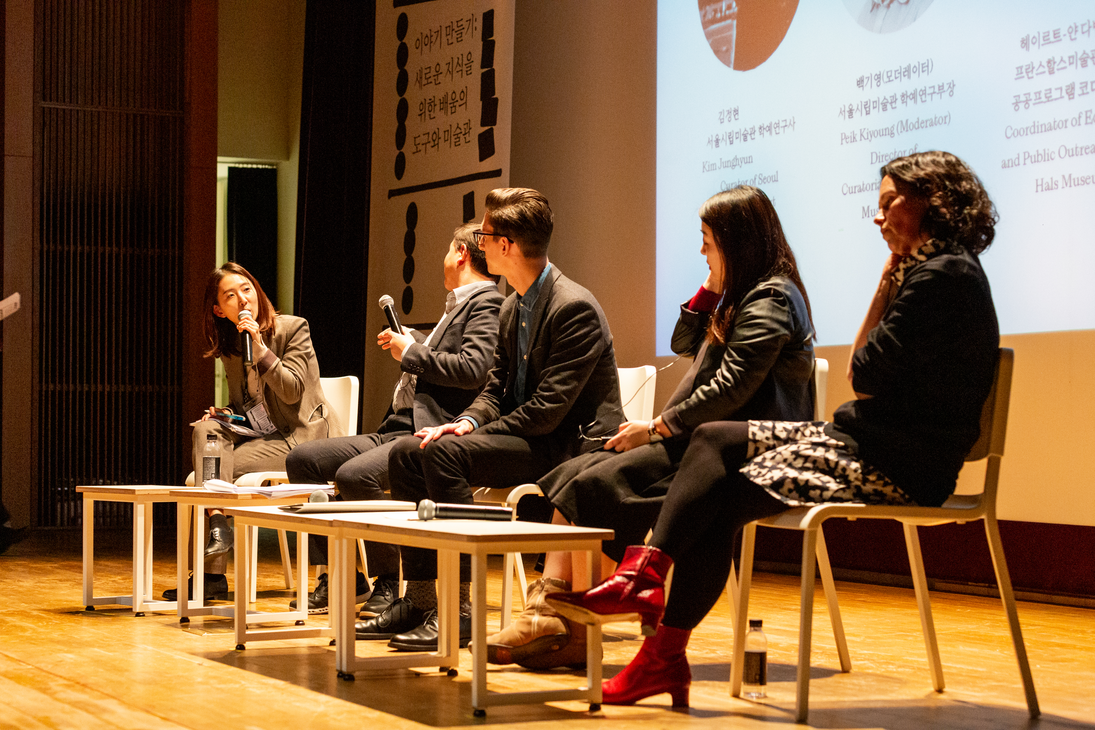
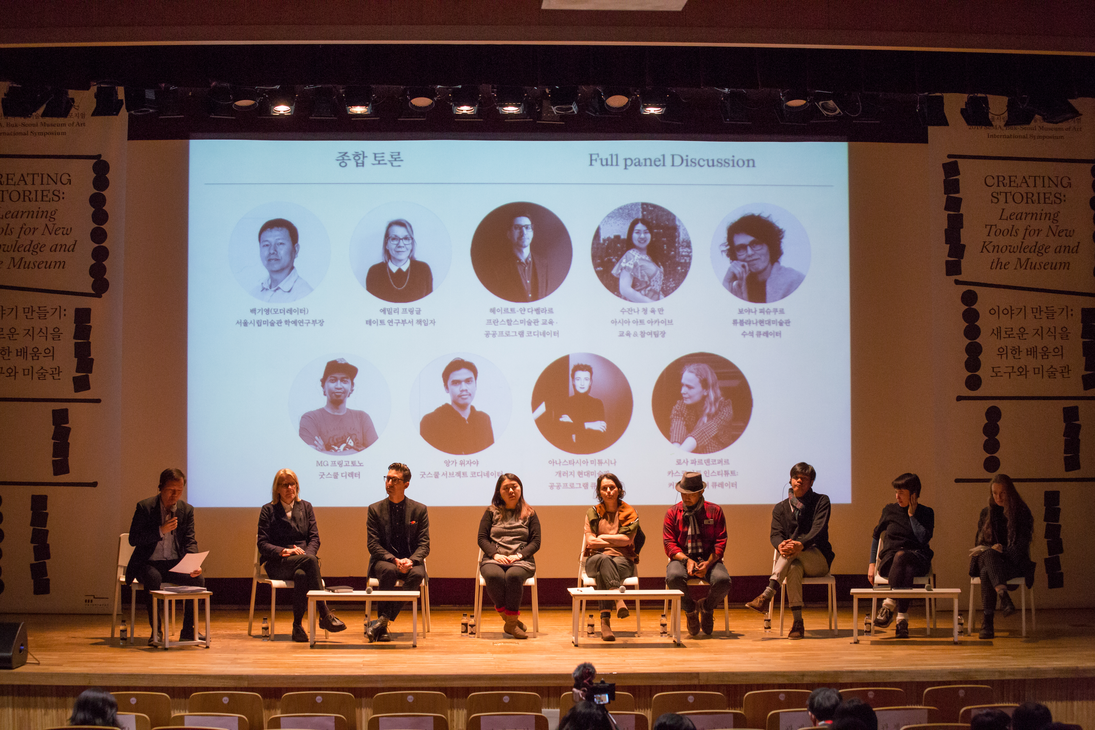
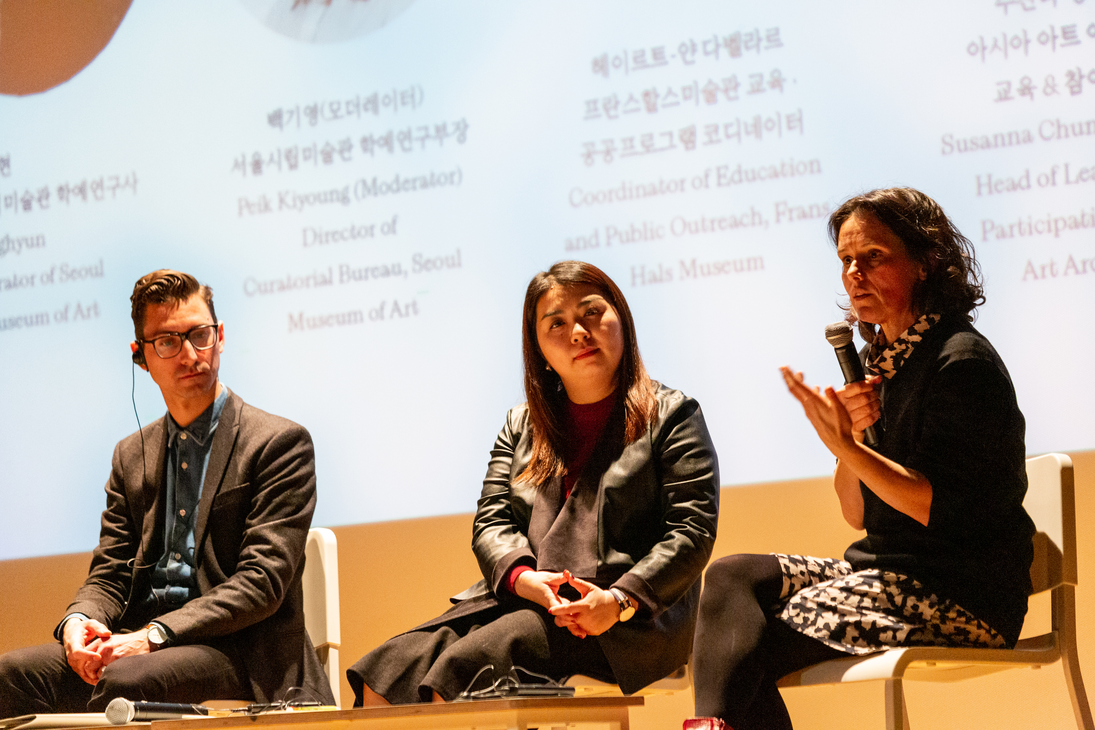
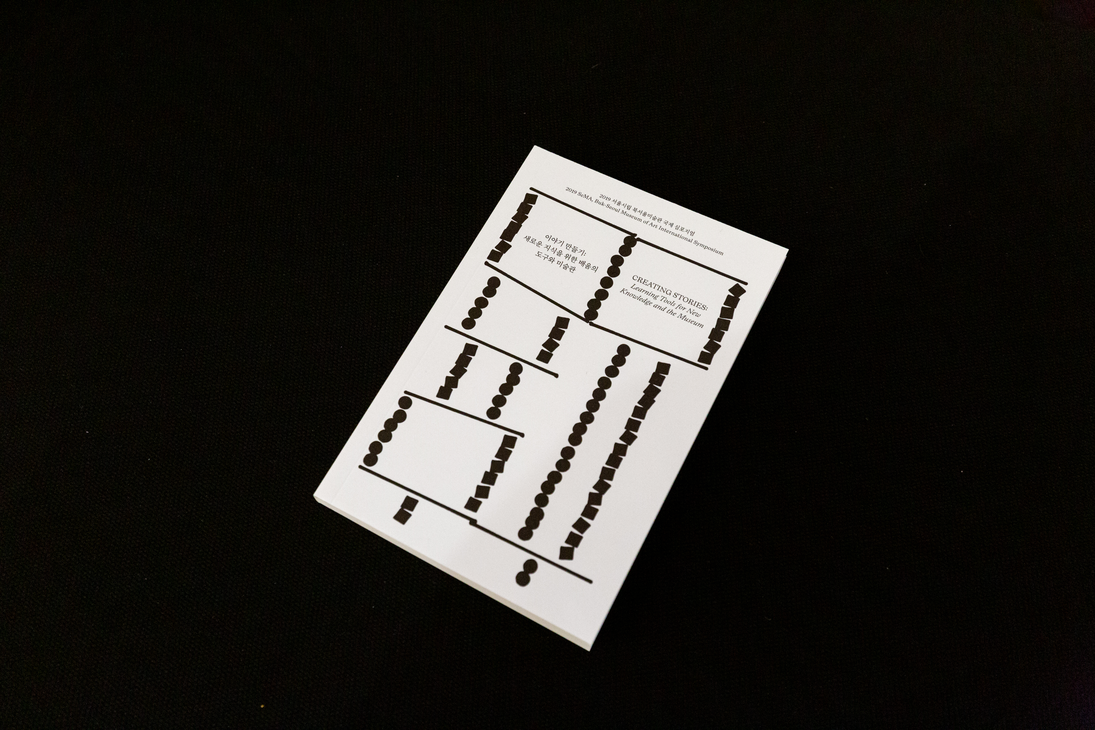
Adaptability and Transformation: Learning Tools and the Museum
Junghyun Kim
On December 13 – 14, 2019, SeMA, Buk-Seoul Museum of Art is holding an international symposium Creating Stories: Learning Tools for New Knowledge and the Museum under the theme of ‘learning in the museum.’ The symposium aims to bring attention to the art museum’s educational role and explore the institution’s potential as a learning platform that produces and shares knowledge through various activities such as exhibitions, collections, research, and education.
In 2019, SeMA, Buk-Seoul Museum of Art enters its sixth year as a neighborhood-friendly institution, a contemporary art museum that responds to sociocultural shifts and the public consciousness, shaping the institution’s identity in its relationship with local residents in the area through the practice of exhibition and educational program-making.
SeMA, Buk-Seoul Museum of Art’s educational program is carried out in four programs: the Buk-Seoul Art Academy, the Local Initiative program, the Professional Development program, and the Academic program. The Local Initiative program in particular is created in partnership with local institutions, schools, and community centers, designing creativity programs based on exhibition experiences. Also, located in Seoul’s 3rd school district, the institution reflects the highly young demographic as a distinct local characteristic, and young visitors have become our target audience as we expand our educational program from 2019.
One example of our youth-focused programming is SeMA Teen Night, a program where students are invited to the exhibition space during non-peak evening hours to explore the museum with the exhibiting artists, sometimes creating artwork together with them as well. There is also a program which explores hidden non-exhibition spaces such as the collection storage room, the loading dock, or the ventilation system room, which allows the students to gain an understanding of the art museum from diverse perspectives. During the exhibition of masterpieces of modern Korean painting The Dream of Modernity: Planting a Flowering Tree this past summer, we developed a Viewing Guide with a group of school teachers that was made for the youth to self-initiate their exhibition viewing experience. Without help or instruction from their parents, the young visitors to the exhibition space could observe the artwork based on the information provided by this guide. The guide invited them to imagine each artist’s situation and emotions at the time of creation, how the artists expressed themselves, and what they sought to express in their brushstrokes and colors. Likewise, the viewing experience that the art museum seeks to initiate through programs such as these is not one where viewers learn from the surface beauty values of the artwork, but an experience which deeply resonates in the heart from the practice of spending time and contemplating while viewing the artwork. When such an experience resonates within the young visitors’ hearts and leaves a lasting impression, each of them will then go on to create their own art museums from their own memories and imaginations. That will be the moment when the power of art begins to take its course in their everyday lives.
A publicly run art museum is a public space which is operated through taxes paid by the general public. Therefore, the art museum must pay close attention to the audience’s demands, listen to the public’s opinions on what kind of relationship they seek to have with the art museum, and commit to producing meaningful experiences and practices for the public. To do this, art museums must always have a social, cultural, and political understanding of their audience, and in that context, also understand the position the institution holds as a contemporary art museum with a focus on the meaning of ‘locality’ in the age of globalization.
At some point, the contemporary art museum began to explore how to have a relationship with the ‘locals,’ how to participate in people’s everyday lives, and how to be a place that plays a role in initiating the action of ‘doing together’ as a civil space.* In other words, the contemporary art museum must go beyond educating itself on the theoretical method of doing, and proactively fuel and build an environment that creates the conditions for the act of ‘doing.’ For example, artists have been sent to regions to make new communities, or create meals with the local community as a way of bringing everyday motions into the framework of art, ultimately raising the voice of the issues in civil society.
As an example, during the exhibition Seoul Focus: Nothing Twice at SeMA, Buk-Seoul Museum of Art, artist Yea Woonhae’s work ONE POUND SHOP was a project which turned the green duct tape used to hang advertisements on the streets into a form of currency, creating a shop where goods could be traded for by participating audience members who collected scraps of the tape. The project was predominantly operated through donated objects contributed by the local residents, and a surprising number of participants revisited the art museum to purchase objects for themselves and their families. During the exhibition period, there was not a piece of green tape to be found on the streets around the museum, and after it ended, many residents asked whether the shop was still in business. Though the project was successful in initiating action among its participants, we were left with some problems to think about: What does art seek to accomplish through these actions? And before asking that question, can art really be an active participant in the creation of public spaces? Furthermore, can art truly have a role in education and supplement the existing educational system? These are difficult questions that arise in many shapes and forms.
As a public institution, SeMA, Buk-Seoul Museum of Art is a place that coexists within the everyday domain of local residents while at the same time being a space that uses art to create new visual culture. In other words, it is a locally based art museum where familiarity and innovation coexist. The art museum has the double potential for both adaptability and transformation as it continues to discover new ways to connect and build its relationship with its audience. The questions and solutions proposed through this symposium are an exploration of the role and potential of art museums, and also an investigation into other accumulated practices from different institutions. The six invited institutions will present their perspectives based on these questions and imagine together the potential of SeMA, Buk-Seoul Museum of Art as a learning space for the future.
*There is a difference between a civic place and a civil space. A civic place is a platform for media and open discussion where everyone may speak freely, like the historic salons. A civil space is built on the premise of being an ‘action’-based platform; it builds on the ideas of collective action, self-leadership, and organizational power and believes that this can only be achieved through the people’s efforts. As a characteristic output, civil spaces must be organizing something or must be ‘doing’ something. Pascal Gielen, “Bet in the Inbetween: A Few Thoughts on Art, Education and Civil Space,” in Learning Together (Seoul: Mediabus, 2016), pp. 45 – 48.